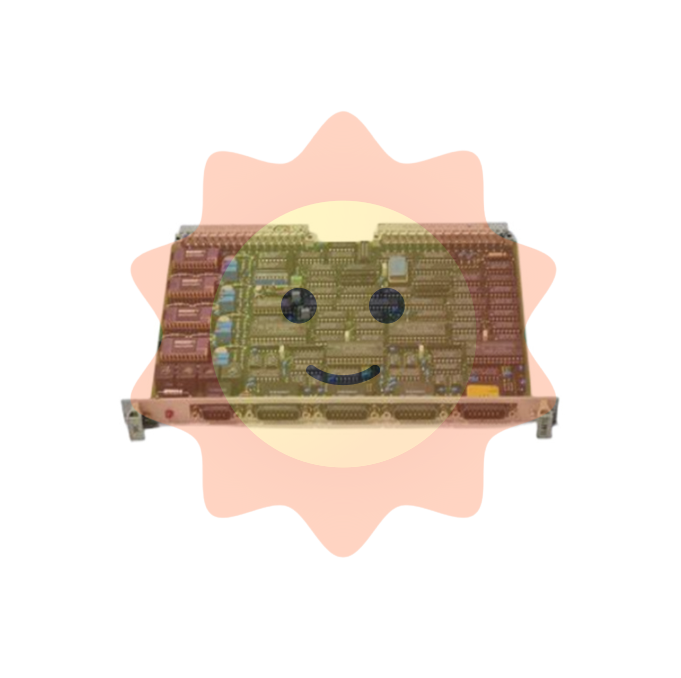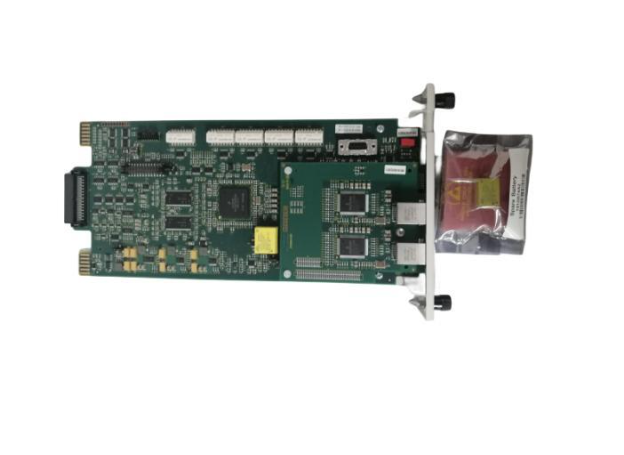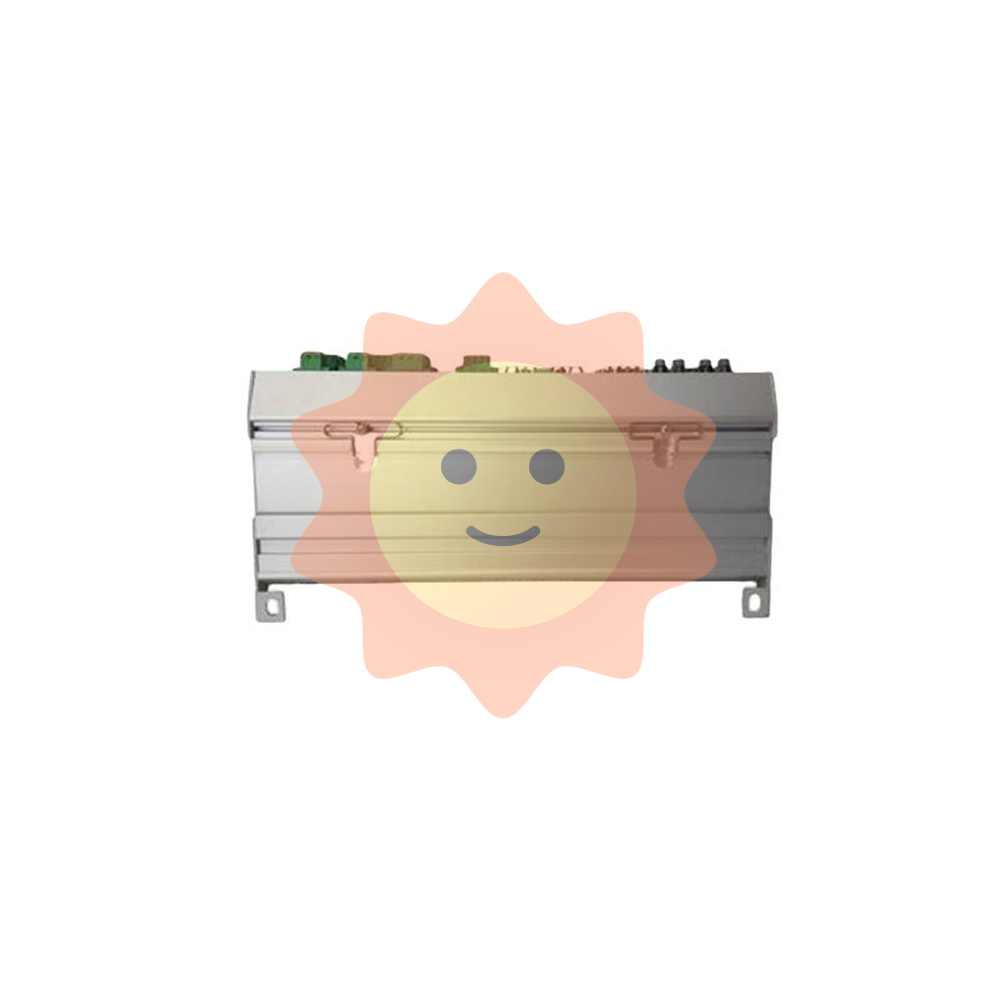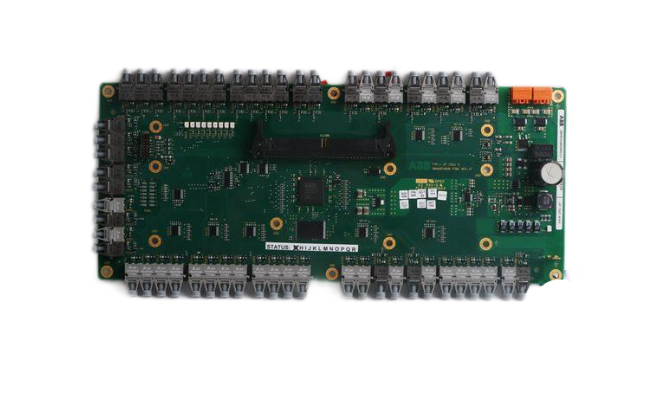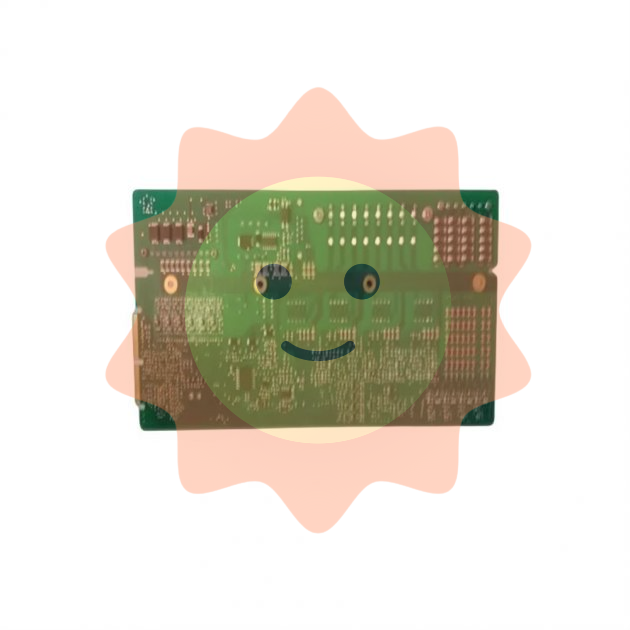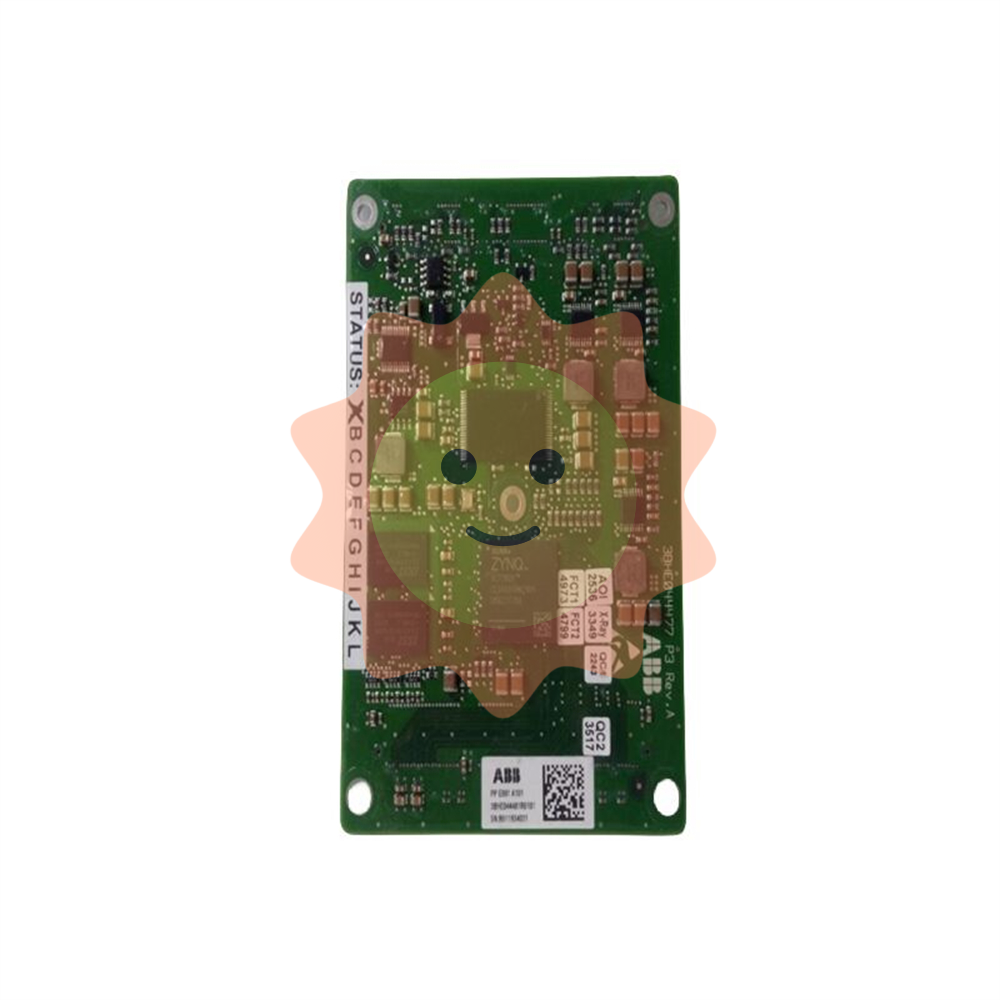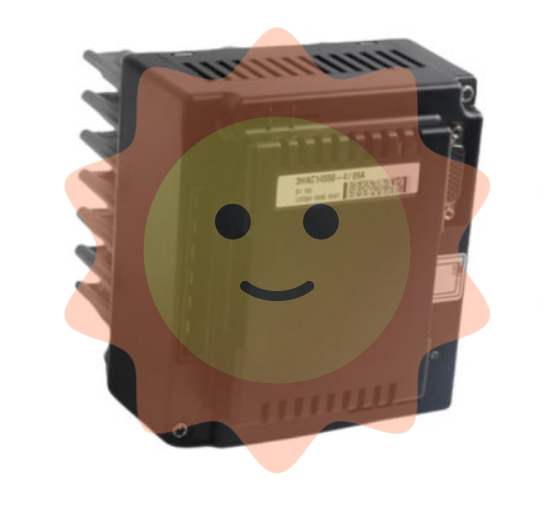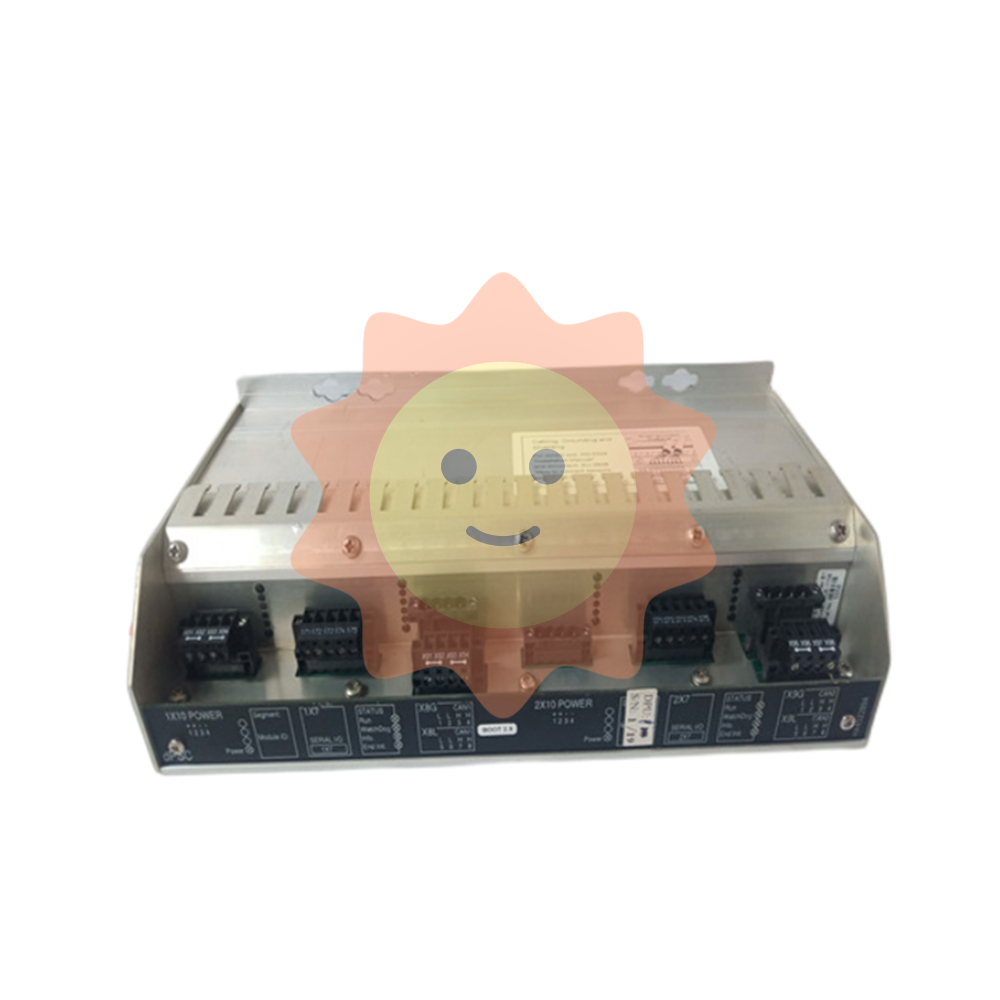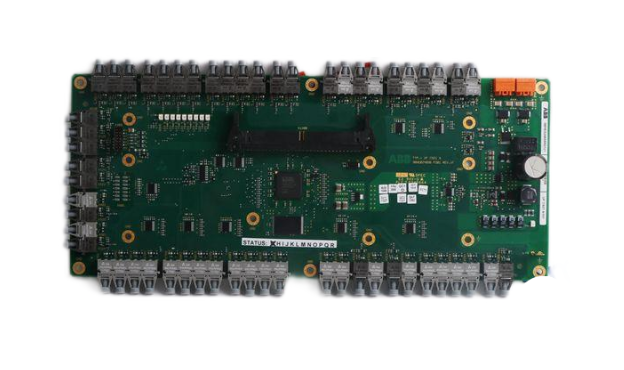How to correctly use prepress production to reduce printing costs
As we all know, pre-press production is the most critical step to complete product printing processing, and all subsequent processes need to be reworked, resulting in increased production costs. Therefore, how to correctly use prepress production to reduce the cost of printing production is very important. In this paper, the author discusses the prepress treatment methods and precautions, hoping to help the printing practitioners.
The importance of prepress production in the printing process
With the rapid development of the Internet and digital technology, digital printing is subverting traditional printing, but whether it is digital printing or traditional printing, it is inseparable from pre-press production. The prepress production mentioned in this paper mainly refers to the layout design of prepress documents. The completion of a printed matter mainly includes pre-typesetting design, proofing, finalizing, plate making, printing, post-processing, quality inspection, packaging and delivery. Prepress production is the beginning of the entire printing process, it is an important part of printing quality control, and printing is a means of semi-finished products and mass reproduction. If the prepress design staff understands the characteristics and requirements of printing, they can communicate the design and production concept more effectively to achieve the best printing results. On the contrary, if the prepress designer has a lack of understanding of the printing characteristics, it will be technically difficult to achieve the design draft when it is delivered to the printing press, and even cannot be printed, which will cause an unnecessary increase in printing costs. Therefore, pre-press production personnel need to understand the various processes of printing, skilled use of various typesetting and Mosaic software, can accurately and effectively carry out pre-press processing, and can timely find pain points when problems occur in the subsequent process, so as to effectively reduce printing production costs.
Prepress document production pay attention to what problems
The main purpose of prepress file processing is to process text information and graphics, image information processing, you can choose Adobe Photoshop, Adobe Illustrator, Adobe Indesign, Coreldraw and other graphic image processing software for production. The problems that need attention in the production of prepress documents mainly include the following aspects.
1. Color mode. Different color modes will lead to different printing effects, when the file color mode is RGB, such as the document to do single black printing, after customer confirmation, the document can be converted to gray; If the document is printed in 4 colors, you need to notify the customer to provide the document again, or authorize the prepress production staff to convert the color space to ensure that the document meets the color space required for printing (CMYK, GRAY).

2. Trap, that is, make up the leak white, also known as expansion and contraction. It is mainly to make up for the leakage between two adjacent different colors caused by inaccurate printing overprinting. Four colors of anti-white characters must be done trapping (requires more than two colors of anti-white characters or color blocks need to do explosive fertilizer treatment). The implementation of trap processing should also follow certain principles, under normal circumstances is to expand the color does not expand the color, expand the light color does not expand the dark, and expand the net without expanding the field. Sometimes it can be mutually expanded, and in special cases it is necessary to reverse trapping, and even add a gap between the two neighboring colors to make up for the overprinting error. The size of the trapping amount should be determined according to the characteristics of the substrate material and the overprinting accuracy of the printing system, and can also be determined according to the printing accuracy or requirements of the customer. The trapping amount of the offset printing is generally smaller, about 0.05mm ~ 0.1mm, and the trapping amount of gravure and flexo printing is larger, generally 0.2mm ~ 0.3mm. Trap can be manually adjusted by the design software, or automatically adjusted by the printing equipment process (such as the Heidelberg Cockpit process), in actual operation, according to the specific conditions of the document, choose the appropriate method to do trapping. As shown in Figure 1, select the property to Overprint by adding a stroke to the spot color.
3. Bleeding. The bleeding design of printed matter is very flexible, if the color box size is less than 25in×38in, or the card box, the bleeding level is 3mm, if the pit box is larger than 25in×38in, the bleeding level is 5mm, and if it is large and fully open, the bleeding level can be 10mm. For the color box to check the double knife position, the bleeding should be divided, of which the card box at the box position bleeding 3mm, the rest must be hollow, the hole box at the box position bleeding 5mm, the large open hole box sticky position can do 10mm bleeding. 4. Bite position setting. Generally, the bite size is 10mm ~ 12mm. In the process of assembling, when calculating the paper size and page position, the bite size must be considered, and the bite width must be added when setting the page size.
5. Spot color setting. Spot color printing uses spot color ink for printing, which has the characteristics of accuracy, authenticity, opacity and wide color gamut. In addition, sometimes in order to clearly express fine graphics, such as mixed color graphics with finer strokes or anti-white lines, spot color processing can also be used to enhance the delicate and realistic sense of fine lines. In the use of spot color should pay attention to the unity of spot color and name, spot color mesh Angle, spot color and 4-color printing conversion. Of course, the printing cost of spot color also needs to be considered, generally three colors below the printing usually use spot color, four-color printing, no special requirements will not use spot color.
6. Check the file before output. A complete analysis of the designed document, without regard to any subsequent document output device conditions, can avoid any incomplete or missing electronic document characters, inappropriate or ignored colouring, color space inconsistencies, insufficient resolution, insufficient bleeding, page errors, improper color separation, and potential binding problems or image inconsistencies. Through the actual production experience, we can know that character errors alone will cause greater losses, so the pre-press inspection is very necessary.
What to do to save printing costs
After understanding what problems need to be paid attention to in the production of prepress documents, it will be a lot of advantages for how to avoid printing problems. As a pre-press production personnel can be implemented from several aspects to save printing costs.
1. Familiar with common paper specifications and opening numbers, typesetting with the largest Mosaic area. Typesetting is done on the principle of saving printing paper when making up plates. First of all, analyze the work object, such as what paper to use, which printing machine to prepare, and what process to use, you can reduce the problems encountered in printing, waste of paper and so on. Nowadays, the software is constantly updated, the typesetting method is more convenient, Preps, Heidelberg typesetting software is more advanced, there are many set typesetting templates, just put the file into the software will automatically make up, this software has strong functionality, but the practical operation is slightly complicated, the book typesetting is usually used.

2. Familiar with post-press process. Prepress designers think that the work is very perfect, after the delivery of printing production, there are many printing process problems, so that the production can not proceed normally, or increase the unnecessary processing difficulty, resulting in an increase in costs. In the entire printing workflow, the seamless connection of pre-press, printing and post-press should be ensured, and printers need to understand the performance of various printing presses and the calculation standards of wages, otherwise, it may increase costs because of the use of high cost and unreasonable printing processes.
3. Print quantity. From the surface, it has nothing to do with the design and production, but in the large plate, to consider the cost of printing and printing costs, if the number of printing is not large, you can not increase the composition, otherwise the expensive die cutting plate production costs will increase the cost of packaging. At this time, you can consider the production of a lower cost of copper-zinc plate, and then use a monochrome machine to print, which can save a lot of costs.
4. Check after output. The following checks are carried out by printing out the blue paper layout to avoid further unnecessary production costs. The check includes: ① whether there is page alignment, incomplete printing or defaced situation, whether there is content located outside or on the cropping, whether the text content is complete, there are no missing words, dropped words, text alignment, different fonts; ② Whether the size of the paper is consistent with the work order, the number of colors and the number of typesetting are correct; ③ Whether the mouth word, cross, color mark, ribbon, pull line is complete, and whether the mouth line meets the requirements; ④ Whether the bleeding site is sufficient; ⑤ The front and back of the manual blue paper should be aligned with double-sided tape, fold the book according to the folding mode of the bill, pay attention to check whether the folding mode is correct in the folding process, cut molding, check the page number sequence, whether the plastic bag is enough, whether the stapled book is crawling and whether the floating position is consistent; 6 Color box blue paper should pay attention to the knife line for spot color overprinting, the text content is more than 3mm to 5mm from the knife line, the card box, the pit box is generally single-sided, pay attention to whether the knife line is in the center of the layout, the boutique box should do the reverse positioning line, check whether the front and back are set.
The above are the author's experience in pre-press work for many years, only for the reference of printing and packaging related practitioners. Of course, there are many details involved in prepress production, not just those mentioned above. Prepress processing work also requires the production staff to have patience and perseverance, pay attention to every detail of the prepress production process, so that the quality of the product is maximized. In order to reduce the production cost of packaging and printing enterprises and create greater value for customers, prepress designers of various enterprises need to deepen their knowledge of the printing process, so as to output better prepress documents and print products that satisfy customers.
- EMERSON
- Honeywell
- CTI
- Rolls-Royce
- General Electric
- Woodward
- Yaskawa
- xYCOM
- Motorola
- Siemens
- Rockwell
- ABB
- B&R
- HIMA
- Construction site
- electricity
- Automobile market
- PLC
- DCS
- Motor drivers
- VSD
- Implications
- cement
- CO2
- CEM
- methane
- Artificial intelligence
- Titanic
- Solar energy
- Hydrogen fuel cell
- Hydrogen and fuel cells
- Hydrogen and oxygen fuel cells
- tyre
- Chemical fiber
- dynamo
- corpuscle
- Pulp and paper
- printing
- fossil
- FANUC
- Food and beverage
- Life science
- Sewage treatment
- Personal care
- electricity
- boats
- infrastructure
- Automobile industry
- metallurgy
- Nuclear power generation
- Geothermal power generation
- Water and wastewater
- Infrastructure construction
- Mine hazard
- steel
- papermaking
- Natural gas industry
- Infrastructure construction
- Power and energy
- Rubber and plastic
- Renewable energy
- pharmacy
- mining
- Plastic industry
- Schneider
- Kongsberg
- NI
- Wind energy
- International petroleum
- International new energy network
- gas
- WATLOW
- ProSoft
- SEW
- wind
- ADVANCED
- Reliance
- YOKOGAWA
- TRICONEX
- FOXBORO
- METSO
- MAN
- Advantest
- ADVANCED
- ALSTOM
- Control Wave
- AB
- AMAT
- STUDER
- KONGSBERG
- MOTOROLA
- DANAHER MOTION
- Bently
- Galil
- EATON
- MOLEX
- Triconex
- DEIF
- B&W
- ZYGO
- Aerotech
- DANFOSS
- KOLLMORGEN
- Beijer
- Endress+Hauser
- MOOG
- KB
- Moxa
- Rexroth


Email:wang@kongjiangauto.com
































































































